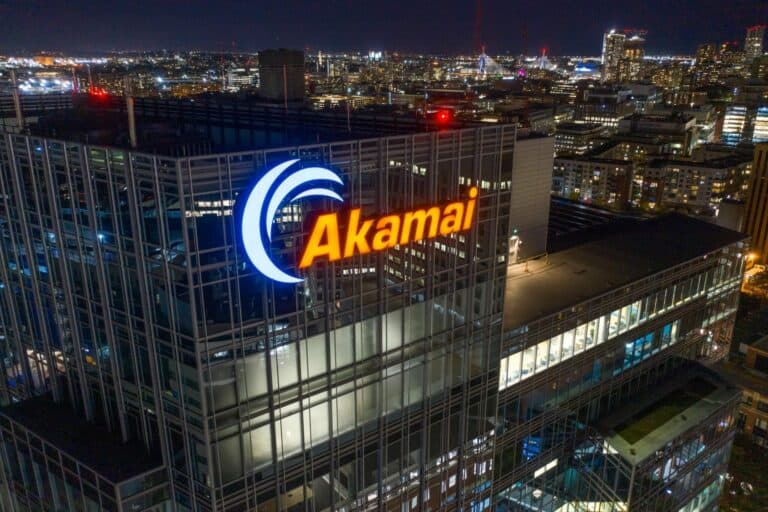Content delivery giant Akamai is building more infrastructure for its own Connected Cloud. In addition to data centers in the U.S. and India, a new facility is coming to France.
For content delivery to work optimally, the greatest possible global coverage is vital. Akamai uses its own cloud infrastructure to provide partners such as the US-based NBC with fast streaming online.
Akamai’s cloud services have gone beyond just content delivery in recent times. For example, it has started competing with household names such as AWS and Azure to provide cloud computing solutions. Connected Cloud was launched earlier this year to shape this objective.
Broad playing field
In many areas, the cloud is now of great importance. However, serving up content quickly has been a staple of the Internet since at least YouTube’s popularity explosion starting in 2007. Since then, we’ve witnessed the rise of Netflix, can expect countless users to increasingly perform their work in the cloud through Office 365 and there has been a huge increase in data collection and insights from them. In other words, plenty of reason for Akamai to take advantage of this wide playing field.
SiliconANGLE reports that there are now 4,200 Akamai sites for their cloud services, spread across 134 countries. Most are concentrated in North America, Europe and East Asia, but coverage is worldwide.
There will be new facilities in Washington DC and Chicago in the US. In France, the data center will be built in Paris later this year. It is also starting work on a location in Chennai, India.
Aggressive pricing
To win the competitive battle, Akamai is using an aggressive pricing structure. This will certainly be necessary to actually start making things difficult for AWS, Azure and Google Cloud. In doing so, Microsoft and Google have the advantage that so many of their services run on their own cloud networks. For consumers, unfortunately, that could lead to vendor lock-in, though, resulting in fewer choices for software.
Also read: Akamai Connected Cloud should bring applications closer to end users
